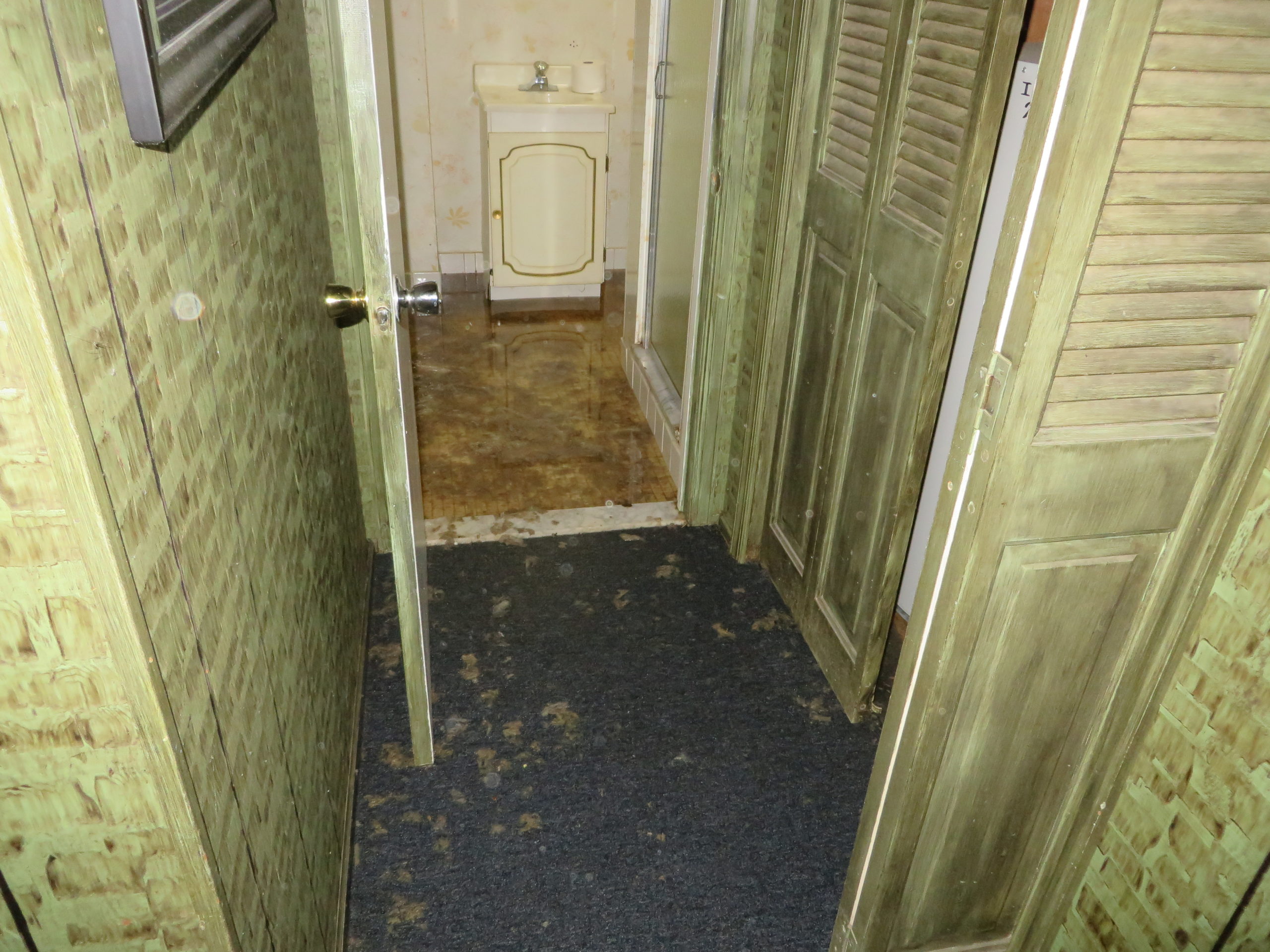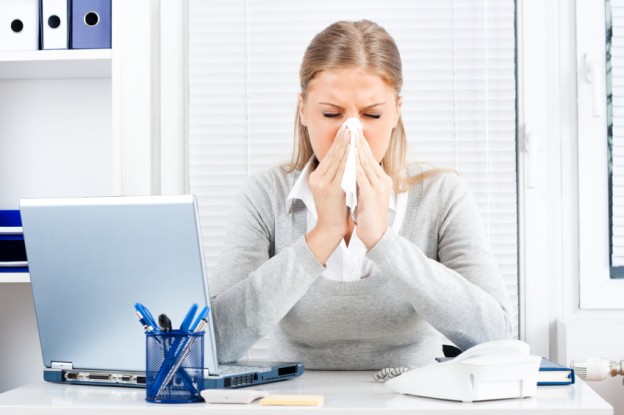What is Sewage?
Sewage describes raw sewage, sewage sludge, or septic tank waste. Raw sewage is mainly water containing excrement, industrial release and debris such as sanitary towels, condoms and plastic. Excrement is the major source of harmful microorganisms, including bacteria, viruses and parasites. Sewage treatment reduces the water content and removes debris, but does not kill or remove all the microorganisms.
What is a Sewage Backup?
Sewage backups occur when the wastewater being transported via underground pipes overflows through a manhole, cleanout or broken pipe. Sewage spills cause health hazards, damage homes and businesses, and threaten the environment, local waterways and beaches.
Septic system failure can also result in exposure to sewage. Improper homeowner maintenance is the most common reason for septic system failure. If poorly maintained systems are not pumped out regularly, they have sludge (solid material) build-up inside the septic tank. Sewage then flows into the absorption field, clogging it beyond repair. Heavy rains can saturate septic fields, causing systems to overflow and fail.
While most basement water problems are not caused by sewer backups, the Civil Engineering Research Foundation reports that the number of backed up sewers is increasing at an alarming rate of about 3 percent annually. There are a number of causes of sewer backups—here are some of the most common.
Aging sewer systems ‒ The American Society of Civil Engineers indicates that the nation’s 500,000-plus miles of sewer lines are on average over thirty years old. The increase in the number of homes connected to already aging sewage systems has also contributed to rapid increases in sanitary sewer backups, flooded basements and overflows.
Combined pipelines ‒ Problems arise in systems that combine storm water and raw sewage into the same pipeline. During many rain storms, the systems are exposed to more volume than they can handle, and the result is a sewage backup situation that allows sewage to spew out into basements and other low lying drains.
Tree roots ‒ Seeking moisture, small roots of trees and shrubs make their way into sewer line cracks and service pipe joints, and can cause extensive damage or blockages as they grow larger. The cost of the clean-up will fall to the problem tree’s owner. When the issue is a result of a combination of city and private trees, the costs are sometimes split between the city and the property owner.
Sanitary main blockages ‒ A blockage can occur in a city sanitary main. If the blockage is not detected in time, sewage from the main can back up into homes and businesses through floor drains. Usually this happens slowly and there are early indications of a problem. If you see seepage at the floor drains, call a licensed plumber to assess the situation and the damage. If water is entering into your basement at a rapid rate, call the city public works office and report the problem immediately.
Sewage Heath Risks
Raw sewage often contains a variety of microorganisms, viruses, bacteria and intestinal parasites that can cause serious illnesses including cholera, dysentery, hepatitis, cryptoporidiosis and giardiasis. Sensitive persons, such as children and the elderly with weakened immune systems, can be at higher risk of illnesses from exposure to sewage and sewage gasses. The most common effects of sewage related illnesses are gastroenteritis which is in an infection of the gastrointestinal tract, skin rashes and infection of open wounds/cuts. Gastroenteritis affects the gastrointestinal tract, including stomach and small and large intestines. Symptoms typically include abdominal cramps, water diarrhea and vomiting, which can last from 1 to 10 days, depending on the severity of the illness. Infected cuts and crashed can become swollen and red, with localized pain at the site off the rash or cut. Although symptoms can be treated, no curative medical treatment is available for some sewage related illnesses.
Exposure to disease may persist for months after sewage backup affects a building or home. Walls, floors, and furniture can remain saturated, creating an environment for non-sewage related organisms to grow such as mold. Toxic molds can also thrive in such environments. In many cases, removal of damaged materials such as rugs, furniture and drywall is the only viable option and in some cases, a building could become inhabitable.




